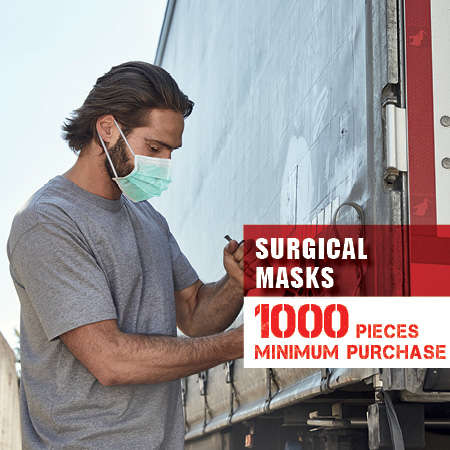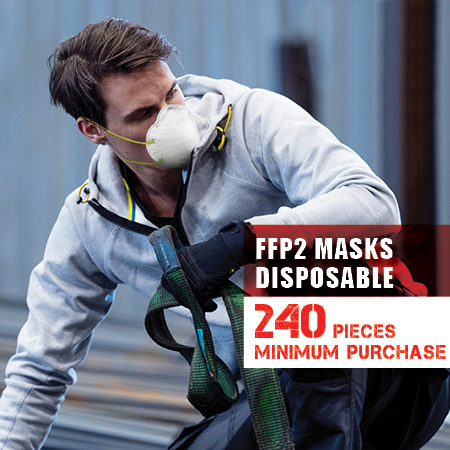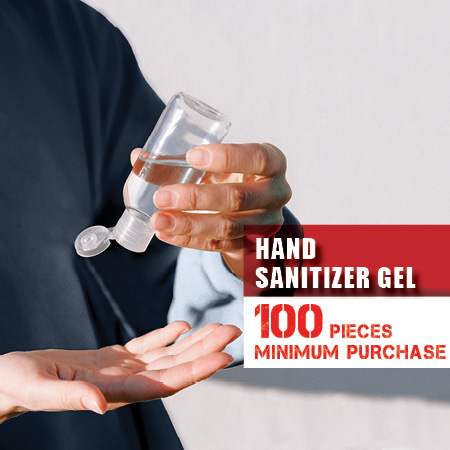Sanitization of work clothes
What is sanitation?
In the workplace, sanitation refers to the set of standards required by law for the sanitization of working environments, including technical devices. It is essential from a safety point of view on one hand, but also from a legal point of view. It is necessary to distinguish two different cases, which require specific attention: the sanitization of PPE and the sanitization of non PPE uniforms.
Do I have to deal with the sanitization of my PPE work uniforms?
No, you do not. It is the employer who must take care of the uniforms because, after washing and sanitizing, uniforms must maintain all the special characteristics that make them PPE. Moreover, also from an environmental point of view, their home-washing can be harmful: for example, if the garment protects from chemicals, such as laboratory gowns, you could run the risk of releasing these substances into the urban drain. Keep in mind that if your employer delegates the maintenance of the uniform to you, you may be subject to fines.
How is the PPE garment sanitized?
The sanitization of the PPE garment is carried out in three stages:
Washing: it must follow certain rules, such as the maximum number of washes, often indicated on the garment or attached to the CE certification. If the washing instructions are not present, the standard UNI EN 14065:2004 "Laundry treated textiles - Biocontamination control system" must be followed to guarantee a certain level of microbiological decontamination of the garment.
Fixing: this is the drying phase (also called desiccation) as important as the washing phase, if you consider that even during drying the garment can be ruined.
Verification of the maintenance of the technical characteristics: this is done through specific equipment and/or visually, if the characteristics to be checked are simple and not necessarily peculiar to PPEs.
Can the Covid-19 still be transmitted through the garments?
There are still no certainties regarding the viral load of Covid-19 on surfaces, but the Istituto Superiore di Sanità (the Italian Health Minister) has pointed out that disinfectants, sun and rain can remove the presence of the virus from objects (including clothing). The virus can survive from a few hours to a few days on surfaces, and this depends on several factors such as the type of material on the infected surface, the viral load of the infected subject, etc.











